Soluciones
La gama de negocios de construcción de caballos se extiende a todo el mundo y sirve a miles de clientes con productos, orientación técnica especializada en construcción, y somos testigos del reinicio de la marca china con ellos.
Bonded CFRP and steel bonded reinforcement are bonded to the structure surface by resin cementing material, and form a whole force system with the structure to enhance the flexural or shear ability of the reinforced structure
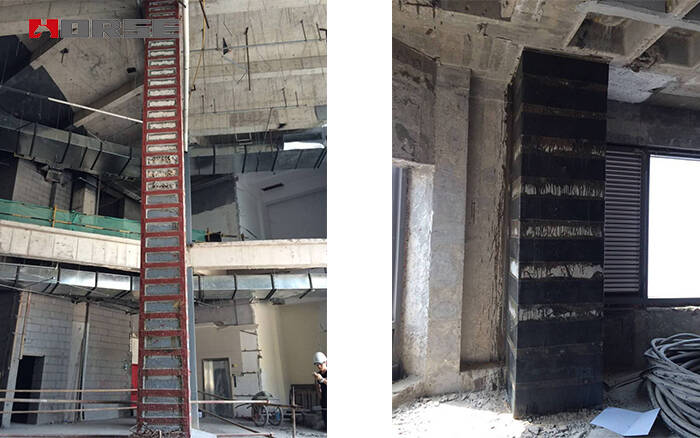
Comparison of applicability of CFRP and sticky steel plate
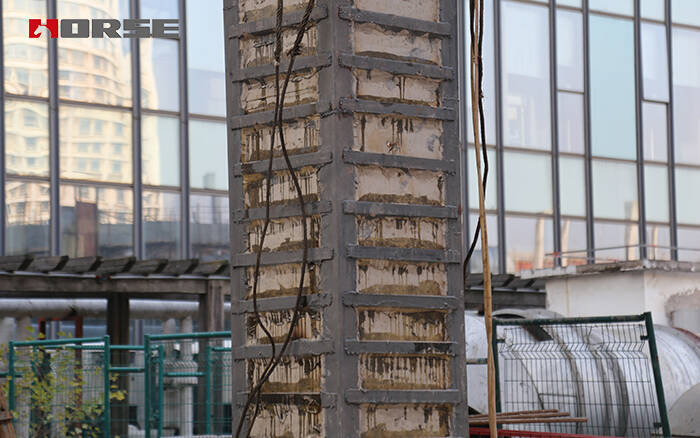
Flexural reinforcement
Taking high strength I carbon fiber cloth as an example
(1)The 1 layer carbon fiber cloth is converted to Q235 steel plate thickness 0.83 to 1.79mm, and the thickness of Q345 steel plate is 0.57 to 1.24mm. When 1 layers of carbon fiber cloth meet the needs of structural bearing capacity, CFRP reinforcement scheme is recommended. The advantages of economy and maneuverability are obvious. At this time, the construction cost and construction period will be greatly increased by the use of steel bonded reinforcement.
(2)The thickness of the 2 layer carbon fiber cloth is converted to the thickness of Q235 steel plate from 1.49 to 3.22mm, and the thickness of the Q345 steel plate is 1.03 to 2.23mm. When the structure needs to be strengthened, the carbon fiber cloth is required for the structure bearing capacity, the CFRP reinforcement scheme should be preferred, the economy and the maneuverability have a certain advantage. At the same time, the construction cost and construction period of the steel bonded reinforcement method are slightly higher than that of the carbon fiber sheet. In order to increase the safety of the structure, the sticking steel reinforcement program can also be adopted.
(3)The thickness of the 3 layer carbon fiber cloth is Q235 to 2.24 to 4.13mm, and the thickness of the Q345 steel plate is 1.54 to 2.86mm. When the required area of structural reinforcement is slightly larger and the 3 layer CFRP meets the needs of structural bearing capacity, it is not obvious that the economic and operational advantages of sticking carbon fiber cloth method are not obvious, while the adhesive steel reinforcement method is more flexible.
(4)The thickness of the 4 layer carbon fiber cloth is Q235 to 2.69 to 4.58mm, and the thickness of the Q345 steel plate is 1.85 to 3.17mm. When the required area of structural reinforcement is larger, 4 layers (according to k m, the number of carbon fiber sheets should not exceed 4 layers) and more than 4 layers of carbon fiber cloth to meet the needs of the structural bearing capacity, the bonded steel reinforcement method is more economical and operational.
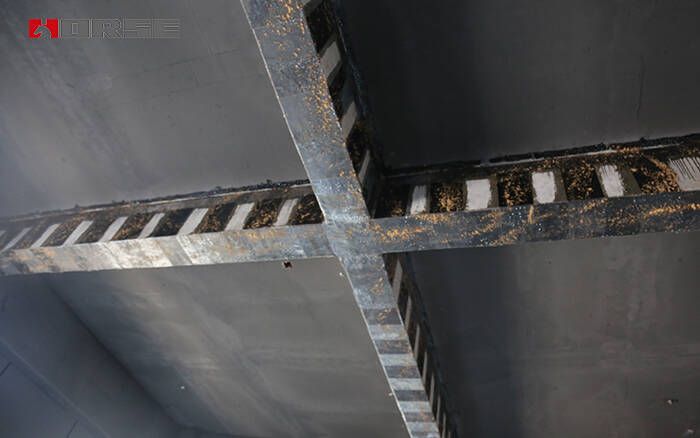
Shear reinforcement
Taking high strength I carbon fiber cloth as an example
(1)The 1 layer carbon fiber cloth is converted to Q235 steel plate with a thickness of 0.23 (0.46) to 0.50 (1) mm, and the thickness of Q345 steel plate is 0.16 (0.32) to 0.35 (0.69) mm. Thus, it is obvious that the economy and applicability of the method of strengthening the adhesive steel is better than that of the carbon fiber cloth.
(2)When the shear strength of the shear reinforcement is smaller, 1~2 layers of carbon fiber cloth can be pasted to meet the requirements, and the strengthening scheme of the bonded CFRP can be preferred, and the scope of its use is limited.
Puede encontrar cualquier cosa que necesite, confíe en probar estos productos y encontrará la gran diferencia después de eso.
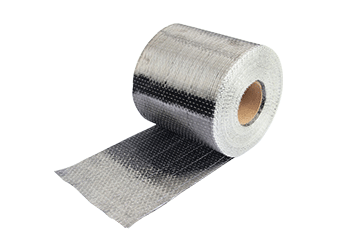
Tejido de fibra de carbono unidireccional de alta resistencia para refuerzo de compuesto de polímero reforzado con fibra (FRP).
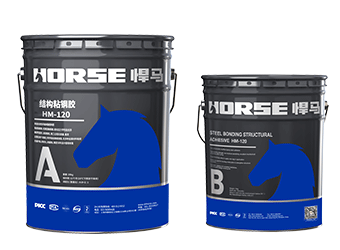
Adhesión de acero y hormigón, utilizada para el refuerzo sísmico de muchos edificios.
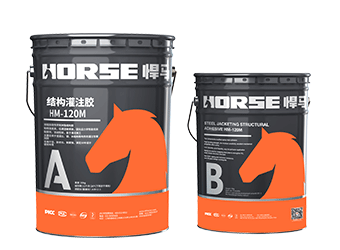
Adhesivo de refuerzo estructural para revestimientos de acero.